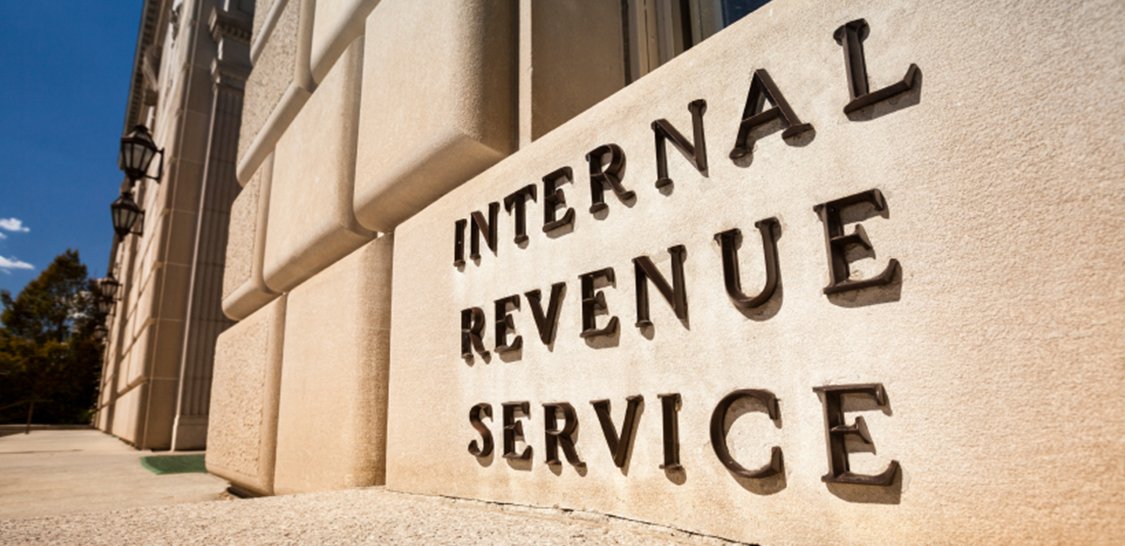A new version of a federal withholding form could significantly impact employee income tax calculations and employer payroll systems. In early June, the IRS issued a draft of its revised Form W-4 (Employee’s Withholding Allowance Certificate) that fundamentally alters the amount and manner in which marital status and withholding allowances are collected from employees. The agency is currently fielding comments to the draft form and expects to issue a final version of Form W-4 by November of this year.
These W-4 revisions are in direct response to the Tax Cuts and Jobs Act, which made major changes to income tax rates, deductions, credits and withholding calculations effective January 1, 2018. While the IRS only slightly tweaked the W-4 for tax year 2018 and did not require employees to complete a new version of the form, the changes contained in this most recent draft may trigger the need for employees to revisit their withholding instructions on file and for employers to adjust their payroll systems.
Major Changes to 2019 Form W-4
- Eliminates Line 5, “Total number of allowances you’re claiming”
- Adds new Marital Status Box for Head of Household in addition to existing calculations and tables for Married Filing Jointly and Single
- Adds four new lines (Line 5. Additions to Income, Line 6. Itemized and Other Deductions, Line 7. Tax Credits and Line 8. Additional Household Income Due to Multiple Jobs):
- For Line 5, employees will be asked to enter estimated nonwage income not subject to withholding, like interest and dividends. Previously, these estimates had to be manually converted by the employee into equivalent per-paycheck withholding.
- For Line 6, employees are asked to subtract from income expected itemized deductions like charitable contributions, real estate taxes and mortgage interest. This replaces the previous method of converting expected deductions into equivalent withholding allowances.
- For Line 7, employees are asked to enter full-year amounts of expected qualifying tax credits. It is important that households with multiple incomes only enter the credit on the W-4 for the highest paying jobs. Under or over-withholding may occur if this is not coordinated properly and both spouses report or neither list it.
- For Line 8, employees will be asked to enter full-year income from any additional job held. Form W-4 provides special instructions for households with more than two incomes. This amount was previously calculated on a separate worksheet to determine withholding per pay period.
Employee Action Item
- Do a 2018 payroll checkup: Most employees have noticed a reduction in federal income tax taken out of their paychecks, which boosts their net pay. In light of tax reform, the IRS designed the 2018 withholding tables as accurately as possible but there is a chance this information may not correlate with employees’ actual full-year tax liability due to provisions like rate reductions and the elimination of personal exemptions. A routine review of withholding is always a good idea, but this practice becomes even more essential during this transitional adjustment to the new tax reform landscape. The IRS issued a new W-4 online calculator earlier this year, which allows employees to determine their correct amount of allowances based on a number of personal and financial factors. Click here to access the calculator.
Employer Action Items
- Hold off on distributing new W-4: The new W-4 put forth by the IRS for 2019 remains in draft form, so more changes may occur before the form is finalized. Regardless of the status, the new W-4 should only be used for payrolls occurring in 2019 and beyond.
- Make necessary adjustments to payroll systems: Due to the various calculation changes on the new W-4, employers will need to adjust their systems. Instead of per-payroll amounts, systems will need to facilitate entry of full-year estimates on lines 5, 6 and 7 calculations. Employers should discuss these adjustments with their payroll providers.
- Maintain two withholding versions for now: Completing a new W-4 for 2019 is strongly encouraged, but not a requirement for employees. As a result, employers will need to maintain both 2018 and 2019 withholding calculations in their payroll systems.
RKL Can Help Employers Prepare
Our team of small business advisors can help employers adapt to the new withholding landscape – contact us with questions or concerns. Don’t miss RKL’s full suite of tax reform insights and information at our dedicated resource center.




